Title: A Possible Carbon-rich Interior in Super-Earth 55 Cancri e
Authors: Nikku Madhusudhan, Kanani K. M. Lee, Olivier Mousis
First Author’s Institution: Yale University
A recent press release about a rocky planet orbiting a sun-like star in the constellation Cancer has gained a lot of attention in the news, with particular emphasis on the fact that the planet could be considered a gigantic diamond. In other words, this planet has a high fraction of carbon in its interior, in the form of diamond and graphite. Although I don’t think the astronomers who made this discovery will be getting rich off of mining this planet for diamonds anytime soon, let’s discuss the scientific importance of a carbon-rich planet.
The planet, called “55 Cancri e”, is 8 times more massive than the Earth and has twice the radius, classifying it as a “super-Earth“. Although its size is similar to the Earth, it is orbiting around its host star at a distance much closer than the Earth orbits the Sun. As a result, it can make a full orbit in just 18 hours, compared with the Earth’s 365 day year, and is intensely heated by its host star. The authors note that 55 Cancri e is a favorable object to study because its mass and radius have been very accurately measured using two methods of observing exoplanets, the radial velocity method and the transit method.
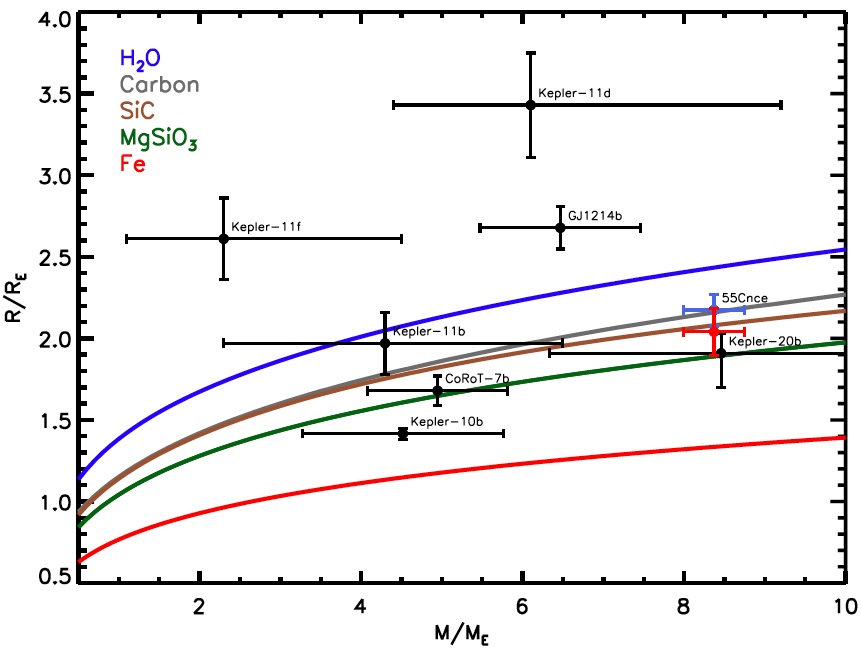
Radius versus mass of several known super-Earth exoplanets shown by dots and error bars. Colored curves are theoretical predictions of the radii and masses expected of planets composed entirely of water, carbon, SiC, MgSiO3 or iron. The planet in this study is 55 Cancri e (55Cnce in the plot), and its radius has been determined using two sets of observations, so the authors plot two points shown in blue and red. The plot shows that 55 Cancri e isn't composed mainly of water but likely has a carbon-rich interior. The authors go on to test other models with a combination of carbon, SiC and MgSiO3, with the possible fractions of each component shown in the following figure.
Given the known mass and radius (notice the small error bars in the plot above) , Madhusudhan et al. used numerical models to determine the possible chemical composition of the interior of the planet, with Figure 1 comparing observations and the predictions assuming planets are composed entirely of a single component. At first glance, it’s apparent that 55 Cancri e likely has a different composition than other known solid, super-Earths such as Kepler-11d, Kepler-11f and GJ1214b shown in the figure. Whereas those planets that lie above the curves in the figure are likely oxygen-rich with H2O and a gaseous outer layer, the radius and mass of 55 Cancri e can be explained by other combinations of materials which the authors explore.
In Figure 1 it seems that 55 Cancri e could be composed entirely of C or SiC, but the authors explore more possibilities and allow up to three chemically distinct regions within the planet, like layers of an onion where each layer is made of different elements. Most importantly, rather than assuming a composition similar to that of the Earth with a lot of oxygen in the form of H2O, the authors suggest that the planet is very rich in carbon based on Figure 1. The probable interior regions are an iron core, a layer of SiC or MgSiO3, topped by a layer of carbon. Figure 2 in the paper is a visual representation (called a Ternary Plot) of the relative amount of mass found in each layer needed to explain the observed total mass and radius of the planet. In any case, the fraction of carbon is much higher than the 0.1% of C found in the Earth. Take-home message #1 is that we shouldn’t assume that all rocky planets have the same composition as the earth.
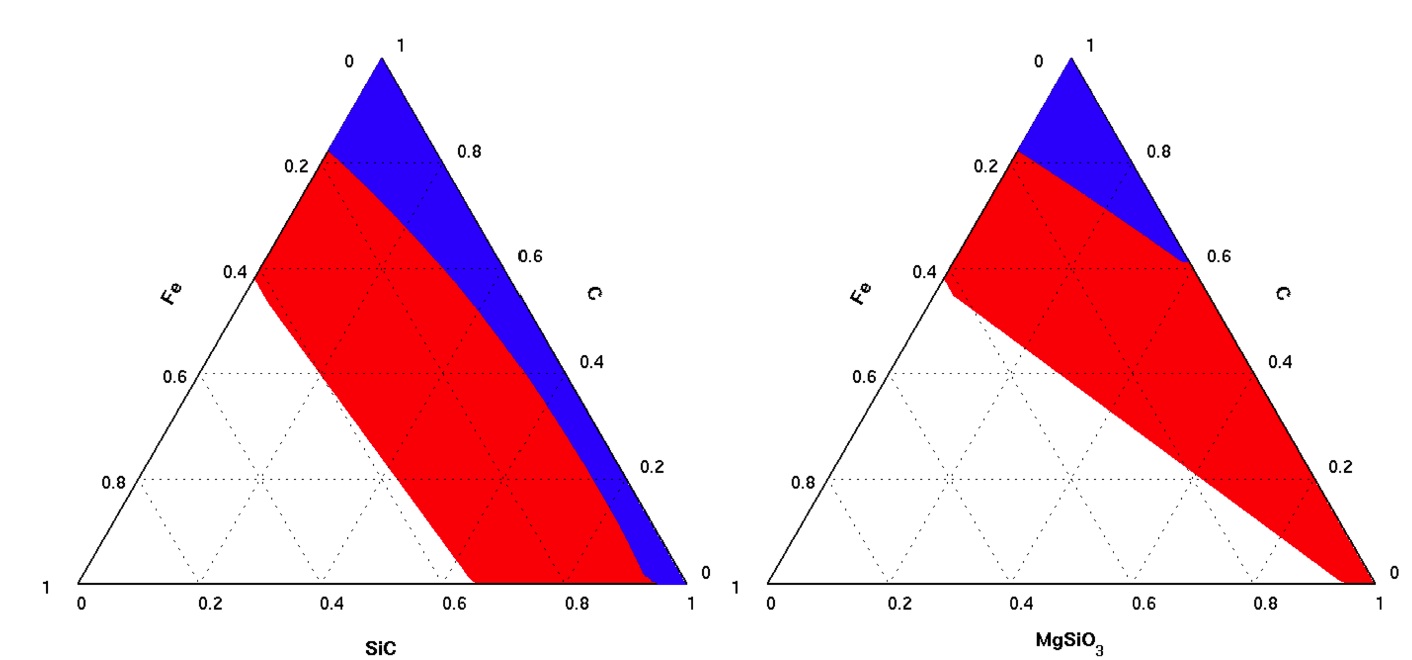
This figure shows two "Ternary Diagrams", which are visual representations of the fraction of three elements or molecules that could comprise the interior of the planet. Each point in the triangle represents a different composition, where the corresponding numbers along the three axes sum to 1 (or 100% of the composition). The red and blue regions indicate combinations allowed by constraints of mass and radius based on two sets of observations of the planet, and the white region is ruled out. To read the plot, choose any point in the blue or red region, and follow the dashed lines towards the three axes. If the values along the three axes sum to 1, then the combination is allowed. For example, the composition could be 20% Fe, 60% C and 20% SiC (where percentages are given as decimals). Also, the corners that are shaded represent "allowed" compositions, such as 100% C, 100% SiC or 100% MgSiO3.
The hypothesis that 55 Cancri e is carbon-rich is consistent with the composition of the host star, which has also been reported to be carbon-rich. The authors modeled the proto-planetary disk around the host star 55 Cancri and determined the conditions of planet formation which would produce the compositions discussed above. They concluded that the planet likely formed farther out in the disk and traveled inward toward the star, gathering Fe and C on its journey. By determining the elemental abundances of a star that hosts planets, and assuming that the abundances are representative of the disk where planets were formed, the scenario of planet formation can be better understood.
In summary, scientists can study planets either by looking down at our own planet, or by looking up and searching for others. It’s tempting to assume the simplified picture that exoplanets have compositions similar to that of our earth which we know the best. But, Madhusudhan et al. investigate the possibility that 55 Cancri e has an interior rich in carbon, and they suggest that the discovery of a planet with such a composition has an important impact on theories of planet formation and geophysical conditions.

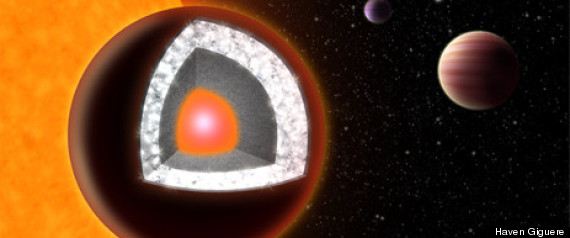


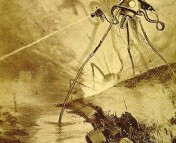
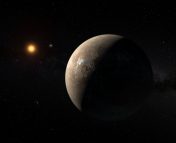
this is awsome